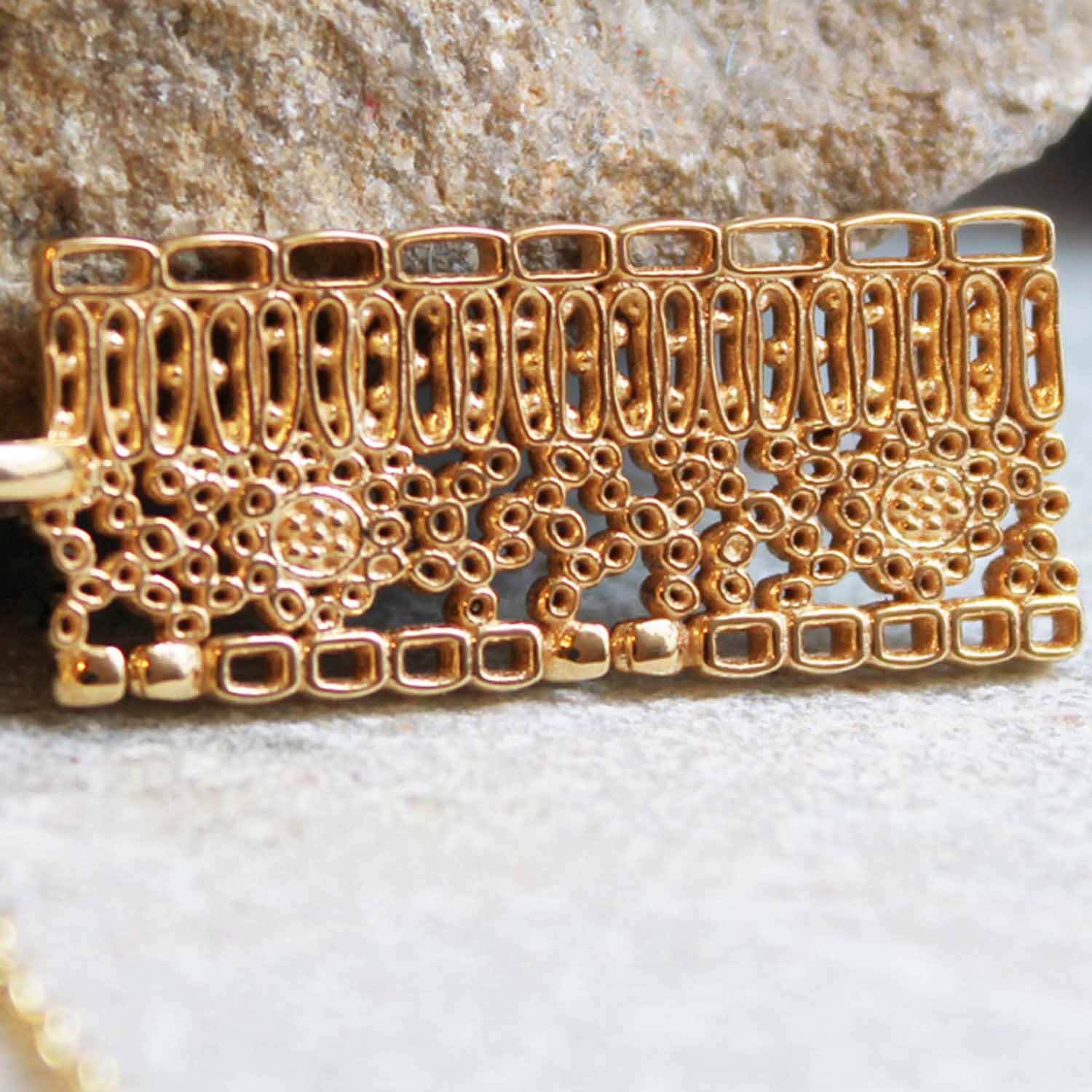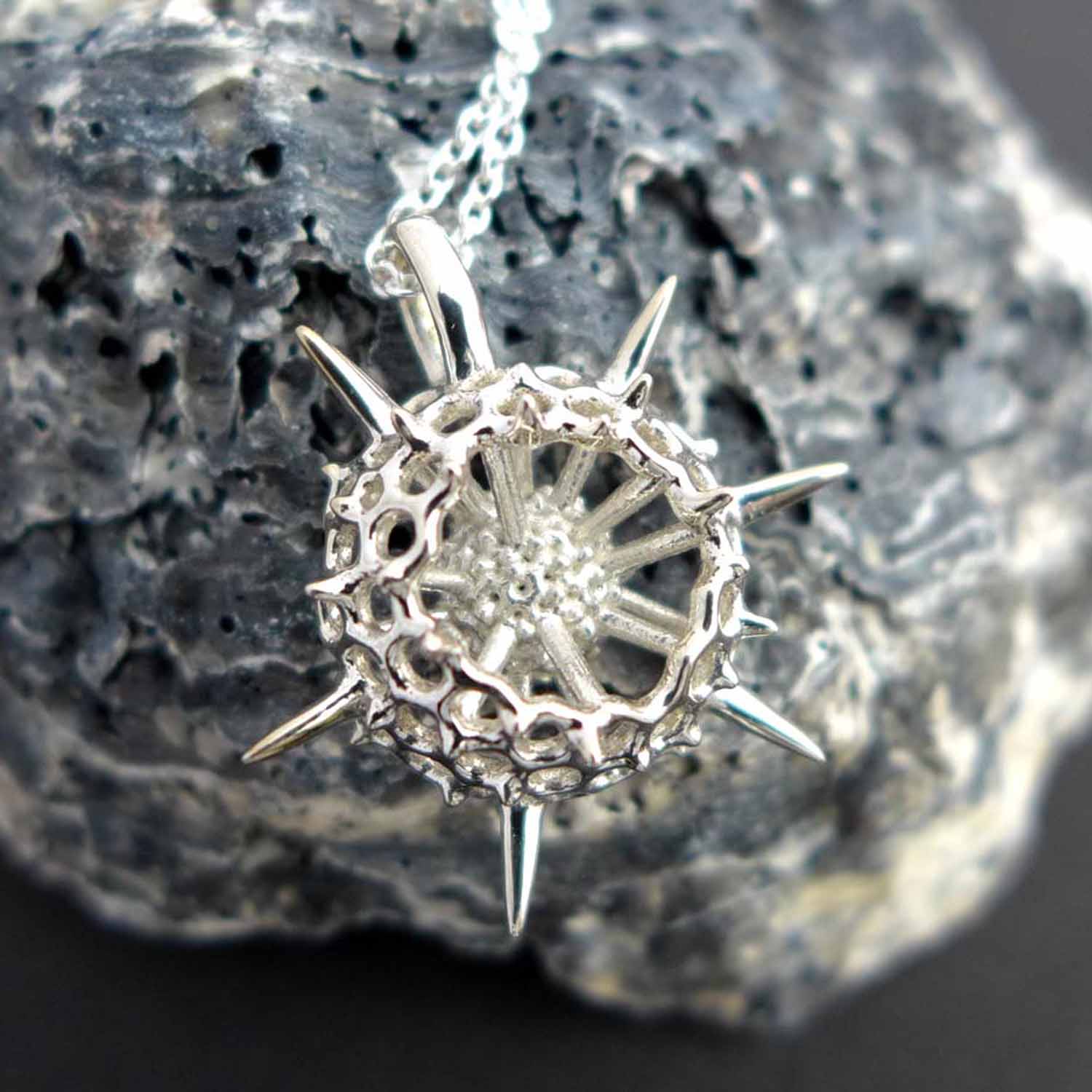Custom 3D Printed Scientific Models
If you didn't already know, some of my designs never become jewelry. Instead, they are destined to be 3D-printed desk sculptures, ornaments and wine tags. Recently, I had the opportunity to create some scientific models, a leafcutter ant fungus garden and a deep ocean tube worm.
The leafcutter ant fungus garden was a commission for the local natural history museum, the Phyletisches Museum in Jena, Germany. As part of an exhibit entitled "Duftspuren - die chemische Sprache der Natur" (Scent Trails - the Chemical Language of Nature), I designed a model of a leafcutter ant fungus garden. Leafcutter ants, as you may know, do not eat the leaves they cut and transport to their nest but instead use this organic matter as a substrate to grow a fungus which they then consume. The successful organization and division of labor in a leafcutter ant colony is dependent on a multitude of chemical signals, and many of these messages are focused on maintaining a clean and nutritious fungus garden.

(Photo Credit: Austin Lynch, University of Wisconsin at Madison)
An actual leafcutter ant fungus garden is an intricate piece of architecture. There are multiple chambers and passageways, and 3D-modeling such a structure was a challenge. My final model was 3D-printed in plastic on a Makerbot by Daniel Veit at the Max Planck Institute for Chemical Ecology. It measures 25 cm in the longest dimension. You can see this model, as well as a live leafcutter ant colony, at the Phyletisches Museum until August 2018.

The Giant tube worm, Riftia pachyptila, is a strikingly colorful organism that lives on the ocean floor, several miles deep. Riftia worms colonize near hydrothermal vents called "black smokers." These vents emit a high concentration of heated sulfides and other minerals, and when this mix meets the cold ocean water, a black precipitate forms which looks like smoke. Riftia thrive in this environment by converting oxygen, hydrogen sulfide and carbon dioxide into food via a process called chemosynthesis. Because they feed chemosynthetically, they lack a mouth and digestive system. The worms are typically 4 cm in diameter and grow to a length of 2.4 meters.

(Photo Credit: Peter Girguis, Harvard University)
I designed this sculpture in collaboration with Dr. Peter Girguis and Jennifer Delaney in the Department of Organismic and Evolutionary Biology at Harvard University. It is my first design using full color sandstone. This colorful material is created by 3D-printing a binder material along with colored ink in layers on a bed of gypsum powder. The resulting 3D-print is 12 cm tall and is a lifelike representation of the giant tube worm. To see all sides of the tube worm sculpture, follow this link to the listing at my Shapeways shop: Riftia Tube Worm Sculpture

Is there a scientific subject that you would like to see illustrated in three dimensions? Send me an email with your ideas or write a comment below. I love seeing science come to life in 3D!






Leave a comment